Standard Porta Potty
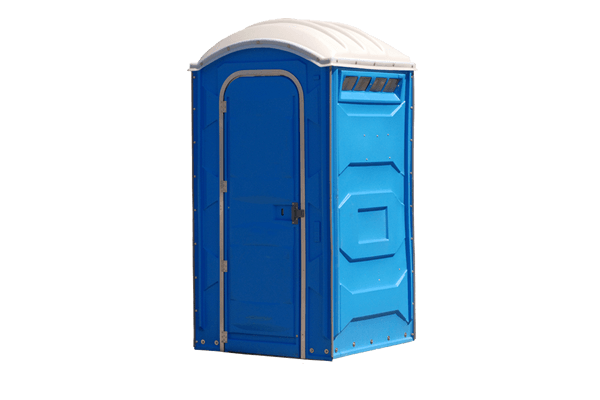
AFFORDABLE
PORTA POTTY RENTAL
We rent porta potties for all events, and construction projects in the greater Reseda area.
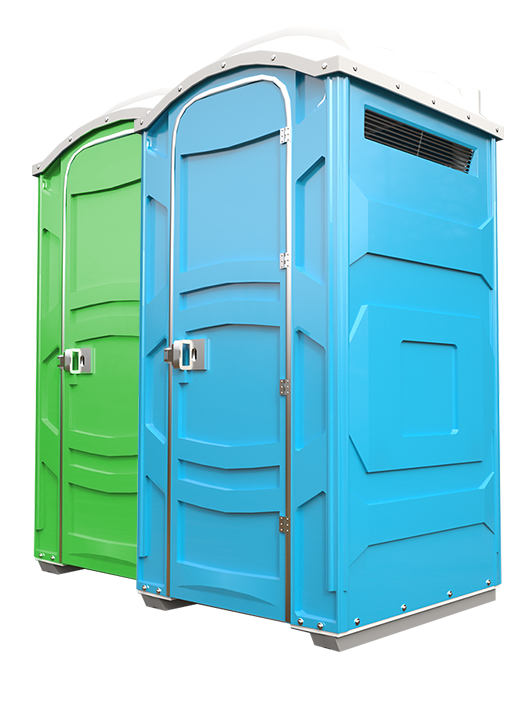
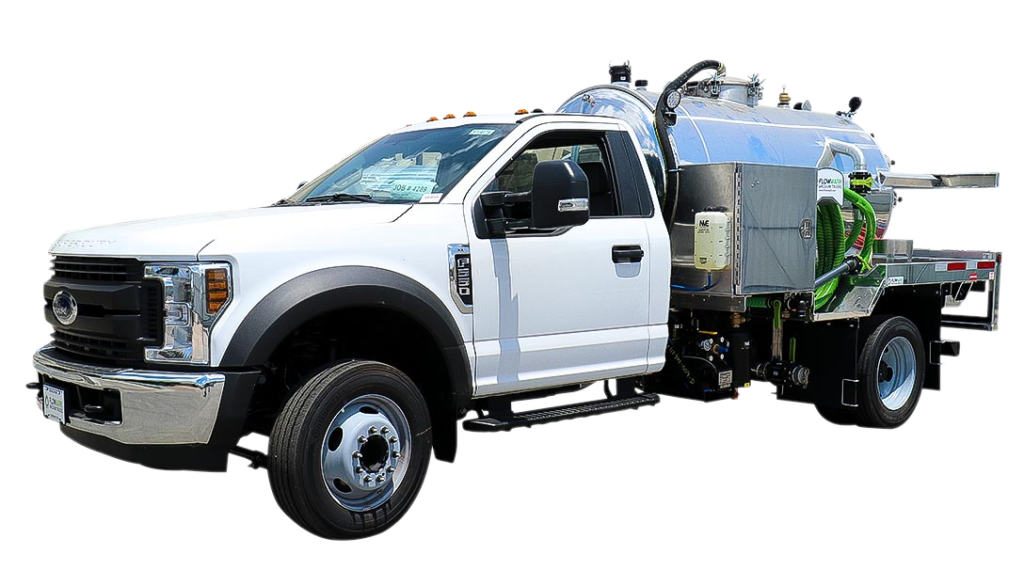
Are you looking to rent a porta potty in or around Reseda California? If you are, look no further than Los Angeles Porta Potty Rental. We provide fast and professional service, pick up, drop off. Our staff are always happy to help you figure out what best fits your needs while providing a FREE No Obligation Quote! (213) 463-1715
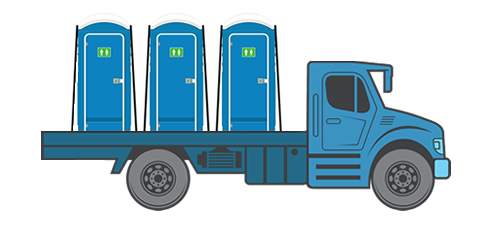
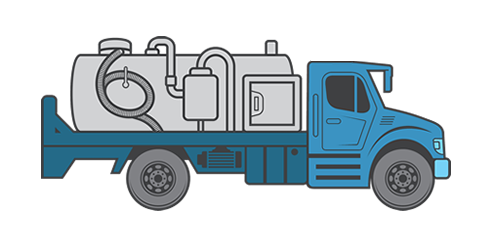
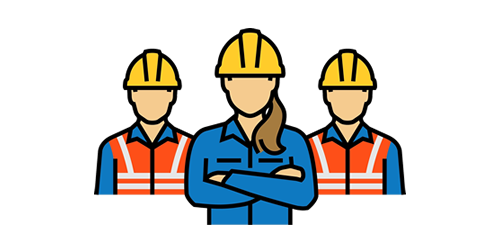
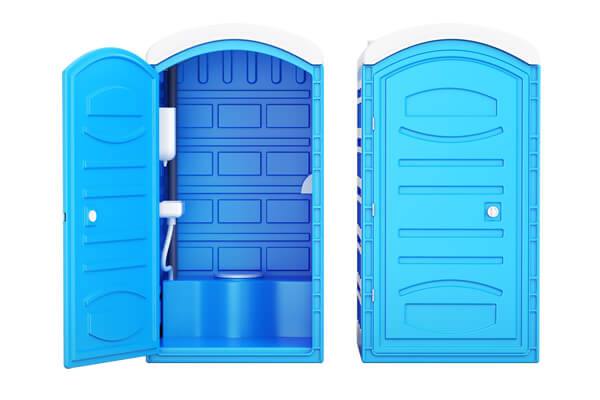
Relieving oneself is a need that comes naturally. So, it would be best if you were concerned about, such when hosting a party or an event with many people. Getting a permanent toilet is often than not challenging or utterly expensive. A haulable restroom is a single or several units of portable bathrooms. Portable restrooms are mainly found in events, construction sites, outdoor events, and concerts. They come handy in situations that would otherwise be impractical to build a permanent toilet.
Give us a call today for your FREE Porta Potty Rental Quote! One of our friendly staff members would be happy to help you.
Please have your location or zip code on hand, this will help us get your the most accurate quote and availability.
Getting a Portable Toilet Rental quote has never been so easy. Simply give us a call and have your dates and zip code ready.
Standard porta potties are the most common moveable bathrooms. They mostly come as a single unit arranged in clusters for outdoor events. They are the most basic kind of moveable bathroom. They neither have a toilet nor flush. They are designed with an effortless but secure locking design. They are most suitable for short events since they have a small tank capacity of around 50-70 gallons. These traveling potties are available in the size of 43-46 by 46-48 by 88-91 inches. Mostly suitable for construction sites and industrial use.
Deluxe porta potties, in simplest words, are a standard moveable restroom with a sink. They are an improved version of the standard traveling restroom that is designed to offer comfort. They come with a sink and a tank that holds a capacity of 60-70 gallons. Apart from being flushable, this sink also comes with a portable hand washing station, a mirror, and a side urinal. Others even come with a baby changing station. These are suitable for events that need high sanitation and hand washing like food tasting events and those with kids.
Handicap-accessible porta potties are moveable potties specially built to accommodate wheelchairs and people with disabilities. They are wider than standard moveable bathrooms and generally more spacious. They have a flat entrance or a ramp at the entrance to facilitate entering and leaving for those using a wheelchair. These units also come with safety handrails for safe use, a lower toilet seat, and anti-slip carpet material to avoid skidding. They are also constructed to adhere to ADA guidelines.
Temporary handwashing stations offer a simple yet effective solution for maintaining hygiene standards in environments where permanent plumbing may not be available.
These are standard haulable potties that are mounted non a trailer. They are built with brake lights and tires to facilitate safe towing. They can be safely parked anywhere for use. These units are suitable for mobile worksites like highway road work, field-based media, and disaster relief.



Anyone is able to rent a porta potty as long as you have a location that is accessible for us to leave the unit. We are happy to answer any questions you may have about renting a porta potty, simply call us at (213) 463-1715
You are able to rent a portable toilet for as long as you need. The rental duration for a porta potty in Reseda is typically one month but you can rent it for as little as a day as long as our schedule permits pick up and drop off.
There are many situations where you may need to rent a porta potty. A few examples would be; an outdoor event, wedding, large family gathering, home remodel, construction sites etc. Any place that you may need to use the bathroom and either don’t have one available or will have to many people for a single bathroom a porta potty is a great solution.
Porta potties are typically serviced once per week. This will be sufficient in most cases but if you have a large number of people using the portable toilet you may need more regular cleanings. For example at a busy construction site. If you need more regular serving of the porta potty please contact our team, we would be more than happy to find a cleaning solution that fits your needs.
A standard porta potty rental usually includes a single unit with a toilet, urinal, and toilet paper dispenser. Some units may also include a sink with running water and a hand sanitizer dispenser. Delivery, weekly cleanings & pickup of the unit may also be included in the rental price. Make sure to ask your customer service representative.
It’s typically recommended to reserve your porta potty at least 1-2 months in advance before the delivery date. However, if you’re planning a large event or during peak season, such as summer months, or are reserving a luxury trailer unit it’s best to reserve as early as possible to ensure you get the number of units you need.
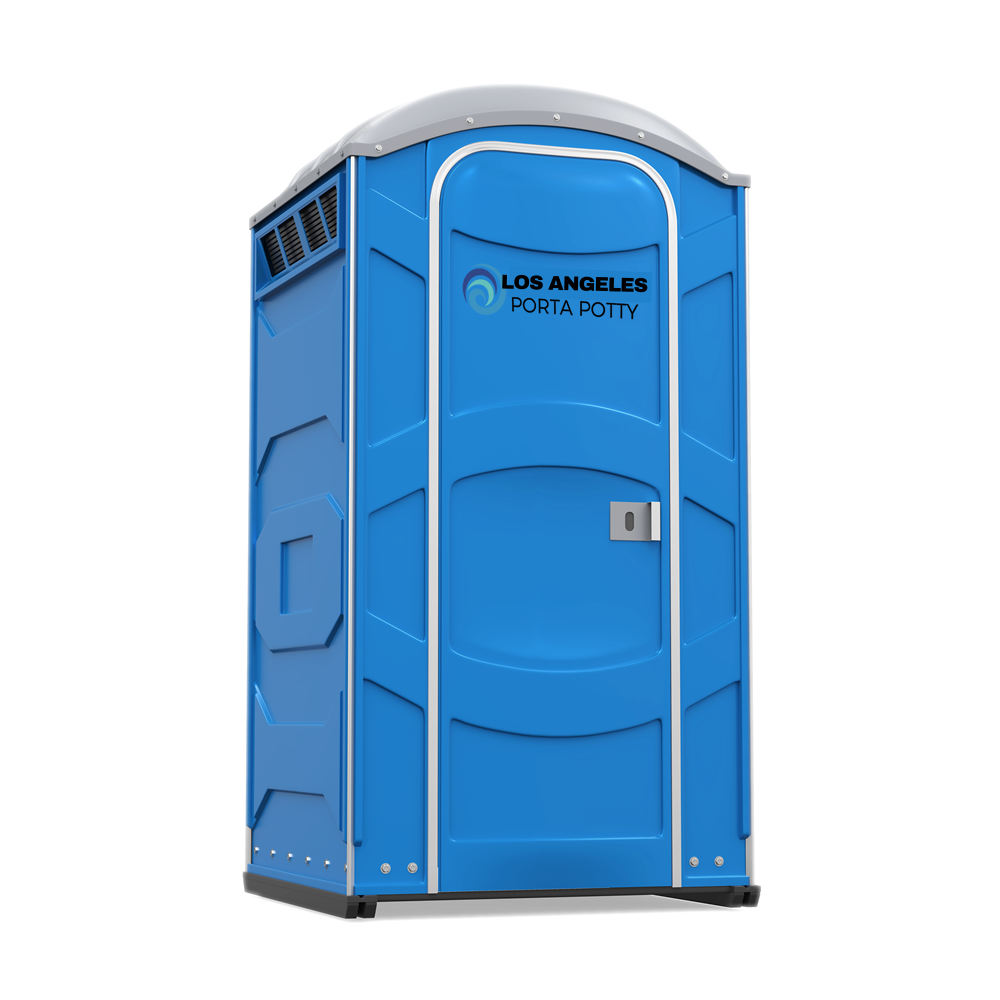
Reseda is a diverse and evolving neighborhood in the central San Fernando Valley region of Los Angeles. Known for its working-class roots, multicultural community, and suburban character, Reseda has long been a place where families, artists, and small business owners build lasting connections. Though not as flashy or high-profile as some nearby neighborhoods, Reseda offers an authentic, grounded experience of life in Los Angeles, with a mix of affordability, accessibility, and cultural vibrancy.
Established in the early 20th century, Reseda began as an agricultural town, once known for its thriving fields of lettuce, walnuts, and other crops. As Los Angeles expanded after World War II, the area was transformed into a suburban enclave filled with modest single-family homes, many of which still stand today. Wide streets, front lawns, and ranch-style architecture remain signature features of the neighborhood, contributing to its traditional suburban layout.
Reseda is home to a highly diverse population, with strong Latino, Filipino, Armenian, and other immigrant communities helping define its cultural identity. This diversity is reflected in the neighborhood’s storefronts, markets, and restaurants, where one can find a range of global cuisine—from authentic Mexican taquerías and Salvadoran pupuserías to Filipino bakeries and Persian markets. The mix of cultures creates a rich and dynamic street life that gives Reseda its unique flavor.
While it has historically been viewed as a more affordable area of Los Angeles, Reseda has seen growing interest in recent years from homebuyers and investors. Rising housing prices across the city have made the neighborhood more appealing for first-time buyers, young professionals, and families seeking value without straying too far from the urban core. This shift has sparked some revitalization, including new apartment buildings, updated retail spaces, and infrastructure improvements. At the same time, long-time residents continue to play an active role in shaping the community’s future and maintaining its identity.
Public parks and recreational facilities are an important part of daily life in Reseda. The Reseda Recreation Center, with its pool, baseball fields, and community programs, is a hub for families and local events. Nearby, the Los Angeles River and Sepulveda Basin Recreation Area offer green space and bike paths, making it possible for residents to enjoy nature within city limits.
Transportation in Reseda is car-centric, though Metro bus lines run along main corridors such as Reseda Boulevard and Victory Boulevard, connecting the neighborhood to other parts of the Valley and greater Los Angeles. Future transportation plans may enhance public transit options, as the city continues investing in infrastructure and mobility improvements across the region.
Arts and music have also had a place in Reseda’s history. During the 1970s and 1980s, the Reseda Country Club was a legendary live music venue that hosted major acts, contributing to the Valley’s rock and punk music scenes. While the venue is long gone, the memory of those vibrant cultural moments lives on in local lore and nostalgia.
Despite the changes and challenges that come with urban development, Reseda retains a strong community spirit. Grassroots organizations, neighborhood councils, and local leaders are actively involved in addressing issues like housing, public safety, and youth engagement. This civic involvement helps ensure that growth is balanced with the needs of long-time residents and small businesses.
Reseda remains a neighborhood of resilience and quiet transformation. It may not always draw headlines, but its story is one of perseverance, diversity, and steady progress. As Los Angeles continues to evolve, Reseda stands as a testament to the strength and value of its everyday communities.

Monday: 4am – 4pm
Tuesday: 4am – 4pm
Wednesday: 4am – 4pm
Thursday: 4am – 4pm
Friday: 4am – 4pm
Saturday: 4am – 4pm
Sunday: Closed
© 2025 Los Angeles Porta Potty.
